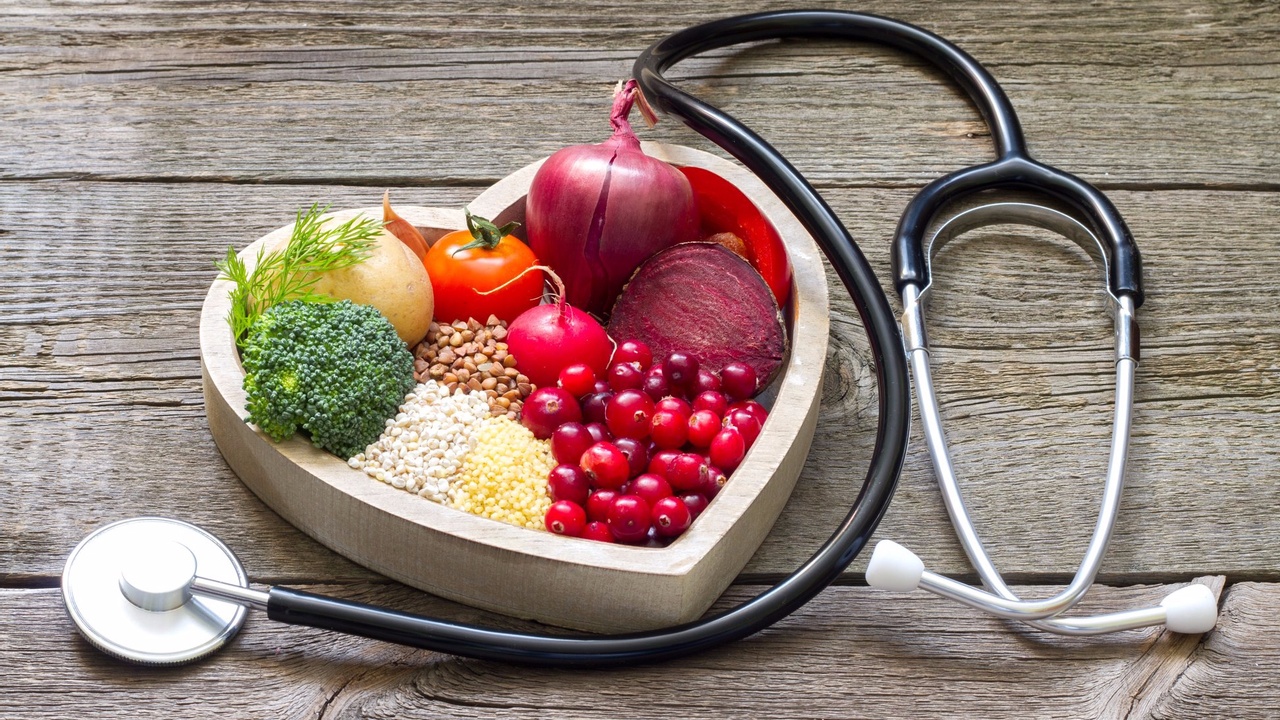4 Foods to Support Heart Health
Apr 15, 2021
Cardiovascular health is something that is massively influenced by our diet and lifestyle. Many areas of this are hotly debated, and research is certainly evolving. As research unfolds and develops, a few culinary heroes have come to the surface:
Porridge oats
Ah the humble oat. Seemingly drab and dull, but oats have actually been clinically proven to lower cholesterol. They are very rich in a soluble fibre called ‘Beta Glucan’. This soluble fibre forms a gel like substance in the digestive tract, by taking on many times its own weight in water. This traps cholesterol in the gut and binds to it, preventing it from being absorbed.
This isn’t cholesterol from foods by the way. This is cholesterol that has been produced by our body. When the liver produces cholesterol, only a small amount of it goes straight into circulation. A large portion of it is used to create bile acids, involved in the digestion and emulsification of fats. Once they have delivered their role in digestion, they are re-absorbed from the digestive tract, where they enter circulation and are put to use making hormones, maintaining cell wall structure etc.
When soluble fibre heads this cholesterol off at the pass, it forces the body to mobilise cholesterol from circulation to be put to use in the formation of bile acids – thus reducing circulating cholesterol. You’ll never look at your morning porridge the same way again.
Purple foods
Ok, this is kind of clustering quite a lot of foods together, but it is the colour pigment that unifies them. Purple foods like blueberries, blackberries, red wine and my favourite – red onions, are all very rich in a group of compounds called anthocyanins. These are responsible for their varying degrees of purple pigmentation.
Anthocyanins are part of a wider group of compounds called flavonoids that have been widely studied in the context of heart health. Here in the UK, the University of Reading, led by Professor Jeremy Spencer, have been studying flavonoids from berries and from chocolate and their impact on circulation.
What we understand so far is that flavonoids get taken up by the endothelium. This is the skin that lines the inside of our blood vessels. When the endothelial cells take up flavonoids, they secrete high levels of a substance called Nitric Oxide (that they secrete anyway, flavonoids just ramp it up), that cause the smooth muscle walls of the blood vessels relax. As they relax, the vessel gets bigger and the pressure against the vessel wall drops. Nitric Oxide also helps to make the endothelium more resilient to damage.
Oily fish
It will come as no surprise that oily fish made the list. They have long been known as a heart healthy ingredient, and it is all thanks to the omega 3 fatty acids that they contain.
As I have discussed HERE the omega 3 fatty acids EPA and DHA are metabolised to form our body’s own inbuilt anti-inflammatory compounds – series 1 and series 3 prostaglandins. Cardiovascular disease is in essence an inflammatory condition. Inflammatory damage to the endothelium following events such as oxidation of lipids etc can cause areas of inflammatory damage which need repairing. It is during this repair process that cholesterol gets caught up and embedded in the vessel walls and the immune system steps in, and before we know it, a plaque has formed in the vessel walls.
Omega 3 fatty acids have also been shown to improve LDLD/HDL cholesterol ratios.
Whole grains
Ok, so I mentioned oats at the top of the list, and they definitely fit in this group for the reasons I am going to describe, but their beta gluten content gives them a special status.
Whole grains are a great ingredient for heart health due to their rich B vitamin content. The B vitamins, particularly B6 and Folate have been linked with improved cardiovascular health. This is likely due to the reduction of Homocysteine – an amino acid that when found in high levels in the blood is associated with cardiovascular disease.
Stock up on brown rice, pearl barley, bulgur wheat, quinoa, and multigrain breads.
Stay Informed
Get exclusive, science-backed insights straight to your inbox. No fads. No nonsense—just real, actionable information to support your journey to better health.






